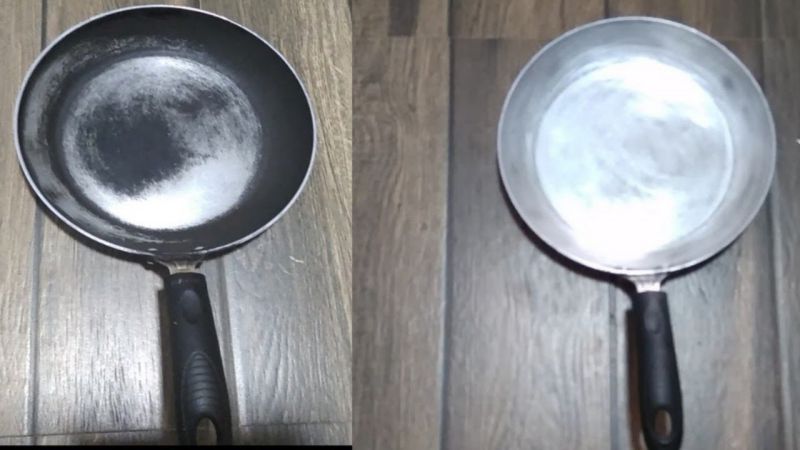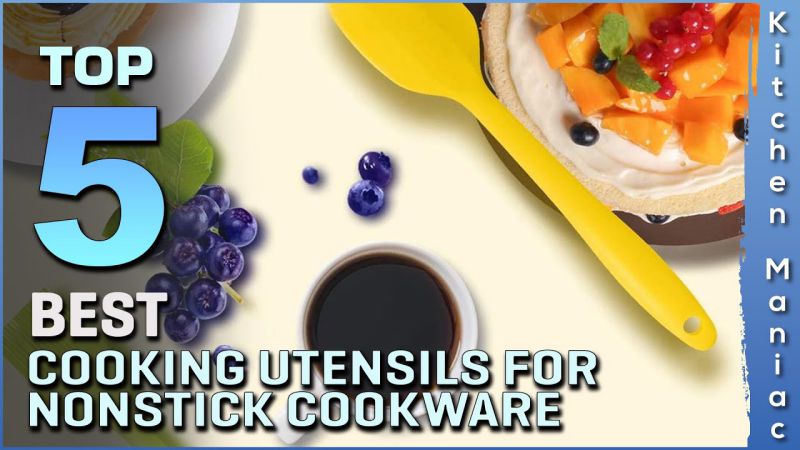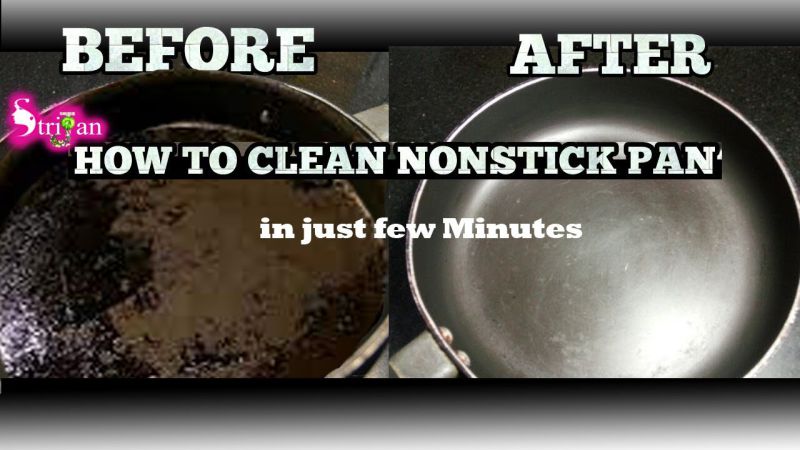If you are someone who loves to cook, you know the importance of quality cookware. And when it comes to pots and pans, non-stick options have become a popular choice for many. Yes, it’s true! Even the most outstanding and amazing non-stick pans have a limited lifespan. But do you know when to throw away non stick pans?
In a short period of time, they can start to wear down and lose their effectiveness. So, when should you throw away your non-stick pans? Remember, the health of you and your family should always come first, so make sure to keep an eye on the condition of your non-stick pans.
By doing so, you can ensure that your cooking remains top-notch, and you can enjoy delicious meals for years to come. Let’s get into further details!
Table of Contents
What Are The Signs When To Throw Away Your Non-Stick Pan?
Non-stick pans are a necessity in this modern era. However, like all things, non-stick pans also have a lifespan, and it is essential to know when it is time to say goodbye to your trusty cooking companion.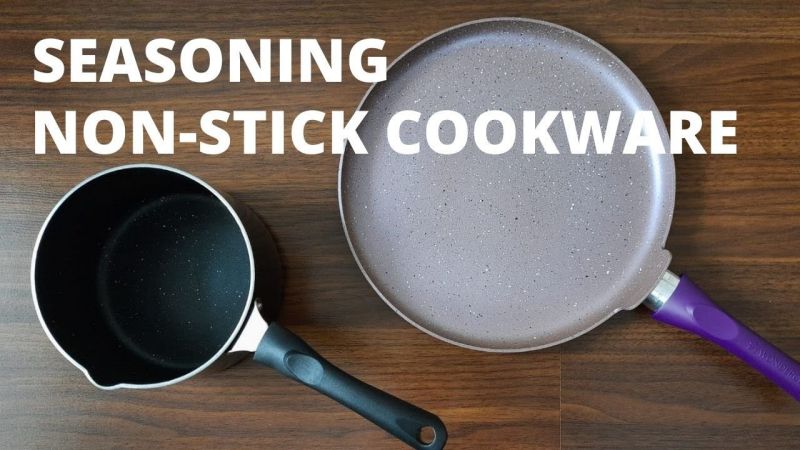
Scratches In The Non-stick Coating:
One of the most significant indicators that your non-stick pan is ready for retirement is the presence of scratches or chips in the non-stick coating. These scratches can be caused by using metal utensils, harsh cleaning agents, or rough sponges.
Additionally, the flakes of non-stick coating can mix with your food and cause health hazards. If your non-stick pan has scratches or chips, it is time to throw it away.
Discoloration Of The Non-stick Coating:
Another sign that your non-stick pan has reached its expiration date is when the non-stick coating starts to discolor or peel. This can happen due to overheating or exposure to high flames, and it is an indication that the pan’s surface is compromised.
When the non-stick coating peels, it can mix with your food, leading to health risks. Moreover, the peeling can also affect the pan’s ability to cook food evenly. If you notice any discoloration or peeling, it is best to dispose of the pan immediately.
Damage To The Pan Itself:
Non-stick pans are usually made of lightweight materials, which makes them susceptible to warping or damage if not handled with care. If your non-stick pan is warped or has sustained damage, it can affect its heat distribution capabilities, making it difficult to cook food evenly.
Furthermore, a warped pan can also scratch your stovetop or burners. If your non-stick pan is warped or damaged, it is time to replace it.
Food Sticking To It:
One of the primary reasons for using a non-stick pan is its convenience when it comes to cleaning up. However, if you notice that your pan is becoming increasingly difficult to clean or that food is sticking to it, it is a clear sign that it is time for a new one.
The non-stick coating on the pan’s surface is responsible for easy cleanup, and when it wears off, the pan loses its non-stick capabilities.
Unpleasant OdorsWhen Cooking With The Pan:
If you start to notice unpleasant odors or tastes when cooking with your non-stick pan, it is an indication that the pan’s surface is compromised.
The non-stick coating can release toxic fumes when exposed to high temperatures, leading to health hazards. Additionally, the mixture of non-stick coating flakes with your food can result in an unpleasant taste.
4 Essential Tips For Extending The Life of Non-Stick Pans
Are you tired of constantly having to replace your non-stick pans? Do you want to extend the life of your cookware and save money in the long run? Below are multiple unique and amazing tips that will surely help you maintain your non-stick pans in outstanding condition for a longer period.
Say no to metal utensils:
To avoid scratching the non-stick coating on your pans, use utensils made of silicone, nylon, or wood. These materials are gentle on the coating and will prevent any damage to it. Avoid using metal utensils that can easily scratch the non-stick surface.
Use low to medium heat settings:
Overheating your non-stick pans can cause the non-stick coating to break down, which can lead to peeling and flaking. To avoid this, use low to medium heat settings when cooking with your non-stick pans. This will also help your food cook more evenly.
Avoid abrasive cleaners:
Instead, use a soft sponge or cloth with mild detergent to clean them. This will help preserve the coating and extend the life of your non-stick pans.
Hand wash only:
Putting non-stick pans in the dishwasher can be tempting, but it can also cause damage to the non-stick coating. Hand washing your pans with warm water and mild detergent is the best way to keep them clean without causing any damage. Make sure to rinse them thoroughly and dry them with a soft cloth.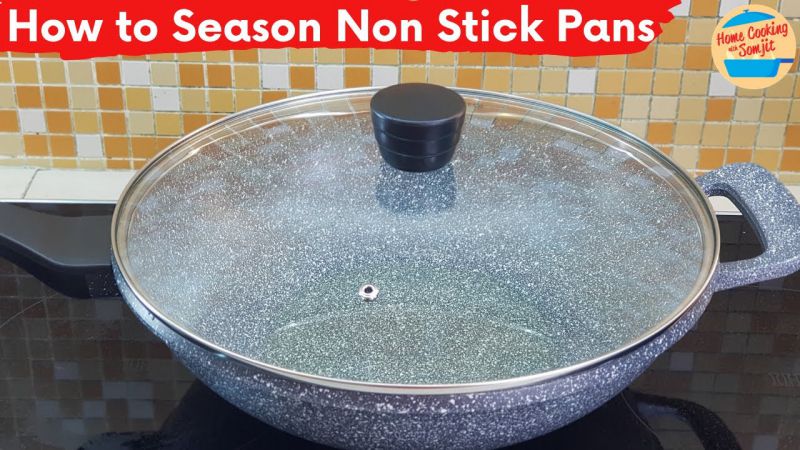
Related Posts:
- Fix Scratched Non Stick Pan – Step By Step
- Best Non Stick Pan For Electric Cooktop Reviews
- Best Grill Pan For Gas Stove Top
What Are The Hidden Risks Of Continuing Use Of Old Non-Stick Pans?
Are you still using that non-stick pan that’s been sitting in your kitchen for years? You may want to think twice before continuing to cook with it. While non-stick pans are convenient for cooking and cleaning, they do have a lifespan.
After a certain point, the non-stick coating begins to degrade, and the risks of using it increase. Below are the few most known risks of continuing to use a non-stick pan that needs to be thrown away:
- Consuming particles of the non-stick coating, may be harmful to health
- Overheating a non-stick pan can cause it to emit toxic gases, which can cause flu-like symptoms in humans and even be fatal to birds
- Signs of wear on a non-stick pan may include scratches, peeling, or discoloration, and it’s important to recognize these signs and replace the pan when necessary
- Non-stick pans can last for a considerable amount of time with proper care, but once the non-stick coating begins to show signs of wear, it’s time to replace the pan
- It’s important to consider the safety and well-being of yourself and your family when deciding whether to continue using a non-stick pan that needs to be thrown away
Frequently Asked Questions
Q. What are the signs that a non-stick pan needs to be thrown away?
Ans. If your non-stick pan is no longer non-stick, it’s time to throw it away. Signs of wear include peeling, flaking, and visible scratches on the surface. These issues can cause food to stick, making cooking difficult and potentially dangerous.
Q. Can you repair a non-stick pan?
Ans. Unfortunately, non-stick pans cannot be repaired. Once the non-stick coating is damaged, it cannot be fixed. Attempting to repair a damaged non-stick pan can even be dangerous, as it may release toxic fumes when heated.
Q. What should you do with a non-stick pan that has a damaged non-stick coating?
Ans. If your non-stick pan has a damaged non-stick coating, it’s best to dispose of it properly. Do not attempt to repair the coating, as this can be dangerous. Instead, check with your local recycling program to see if they accept non-stick pans.
Closing Thoughts
Knowing when to throw away your non-stick pans makes it hard to maintain the quality of your cooking and protect your health. Signs of damage such as flaking, warping, discoloration, rust spots, or corrosion are all indications that it is time to invest in a new pan.
Moreover, with proper care and attention, your non-stick pans can serve you well for many years, but when it’s time to replace them, don’t hesitate to do so.

